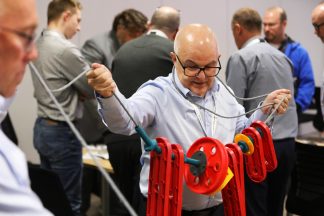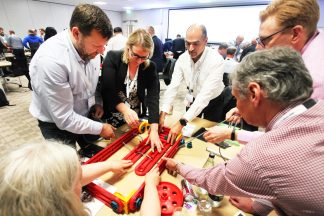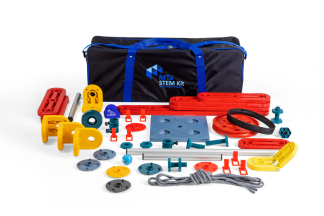MTa Insights Expansion Pack
£925.00
- 1 x set of MTa Insights components (2 holdalls)
- Only available to purchasers of an MTa Insights
UK Orders: Price is ex VAT. 20% VAT will be added at checkout.

Shop with confidence
Shop with confidence
Free Worldwide Delivery
Express delivery to your address
A Lasting Investment
You’ll get unlimited access to the MTa App & learning resources
Money Back Guarantee
28 day return policy. Buy with confidence
Expert Support
An experienced facilitator is always on hand to answer your questions














